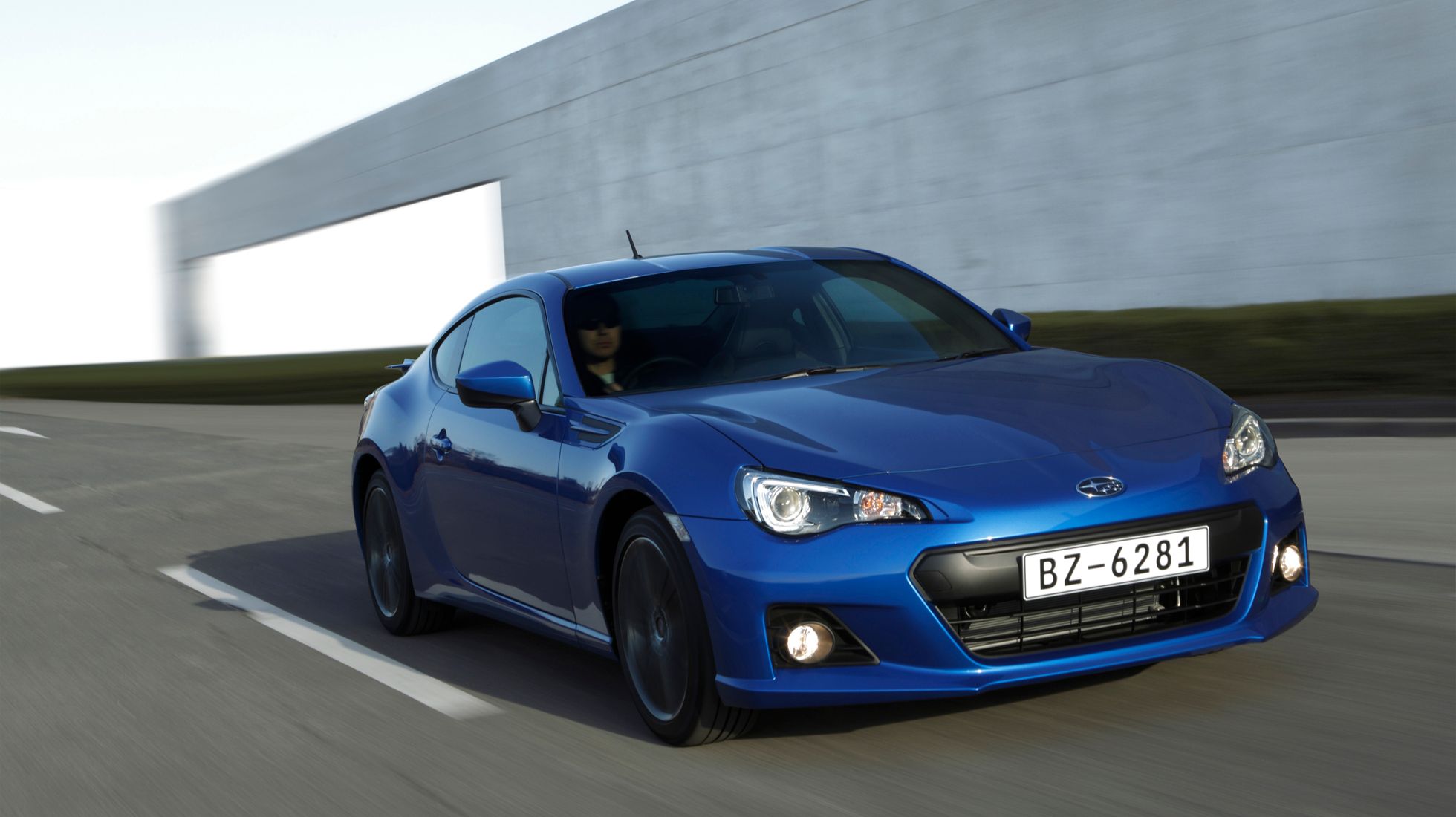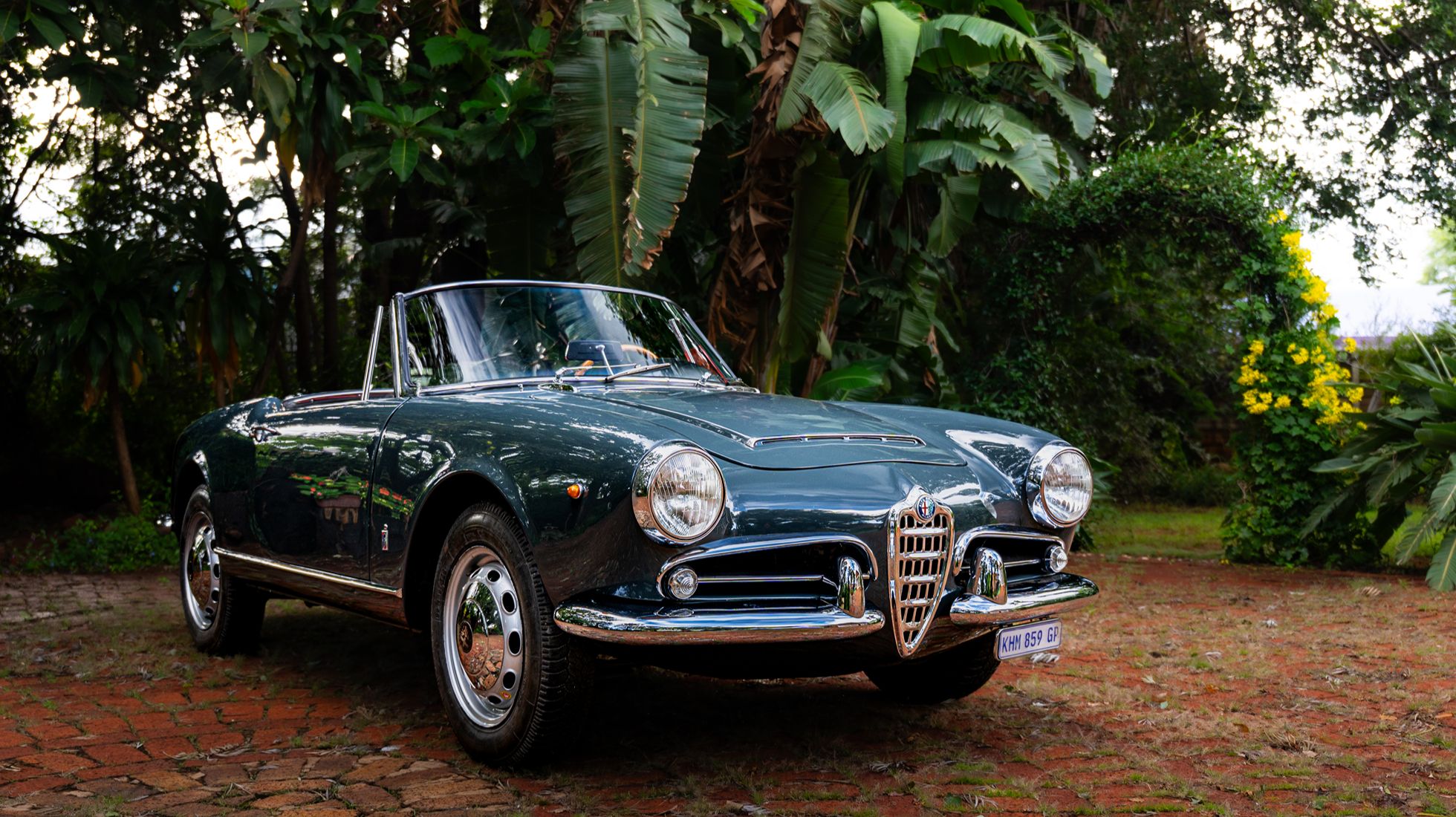
Price: Cayenne from R1 898 000 | Cayenne S from R2 175 000
As far as vehicle updates go, to call this latest progression on the new Porsche Cayenne significant would be an understatement. You may not immediately notice it from the outside as you peruse these pages trying to work out precisely what has changed, and we'll take you through it shortly. First, though, let's look at the reasons why...
Not necessarily, why an update – but more, why such a significant update? The Cayenne is Porsche's best-selling vehicle, responsible for a third of all Porsche sales globally. This mid-life update wasn't just to freshen it up but also to ensure it sells well into the cycle of employing electric powertrains too, something that Porsche will be adding to the Cayenne range from 2025 onwards. The Cayenne will then have another few years ahead as the full life cycle of both ICE-powered and electric Cayennes run its course.
The exterior changes initially seem subtle, but there are quite a few changes to this new Cayenne that it would take you a while to notice until the pre-facelift version is parked side by side with this one. It's one of those, "I know something is different, but I can't quite put my finger on it." Let us help. For a start, Porsche has totally reworked the face of the new Cayenne. They've repositioned the headlights to be higher and slightly fuller, whilst the bonnet seems to slope downwards, giving you the illusion of a lower nose and, therefore, a face that mimics the lower-slung vehicles in the Porsche range. The bumper also incorporates a few more horizontal pieces that act as aesthetic décor pieces, into which Porsche has worked the DRL LED lights. Around the sides of the SUV, even the doors have been reworked for a cleaner look that accentuates the front and rear wings. At the rear, close inspection will reveal a cleaner look too, minimalist in its panel design, and then augmented by new 3D light clusters and P-O-R-S-C-H-E lettering no longer backed by glassware. You'll also notice that the number plate position is much lower, giving off a larger and cleaner tailgate. The redesign feels subtle, yes, but it comprises a long list of minor adjustments and changes that ultimately lend the Cayenne an uncluttered and well-proportioned design finished by a selection of up to 30 alloy wheel options between 20 and 22" in size.
We've jetted to the mountains of Salzburg, Austria, to drive the revised Cayenne against the backdrop of snow-capped peaks and an off-season ski resort some 900 m above sea level. To get there, we've had to drive the Cayenne S from the airport in Salzburg up through a series of spectacular and spectacularly wet mountain passes, both tarred and gravel, before rising through the clouds to the top of the Bramberg am Wildkogel ski resort area.
The drive allows us to sample what is one of the significant new updates in this life cycle update. The V8 is back. Porsche has called in the services of the bi-turbo V8 once again, with enough work done to reduce emissions for the Cayenne S to coexist with all the other models. The 349 kW V8 is paired to Porsche's 8-speed Tiptronic box with all-wheel-drive and variable torque distribution between the front and rear axles. Power aside, it's the combination of this powertrain's elements working in unison that makes the Cayenne S feel so good to drive. Even in the pouring rain, the chassis and grip levels offered through the Porsche Traction Management control system make for a confident and brisk drive. The way the large SUV rotates through steering inputs is every bit the SUV come sportscar we've come to expect.
Part of this balance of dynamics and comfort has been enhanced in the new Cayenne via a reworked suspension setup, now featuring two valves on each damper. The extra valve gives further adaptability to the rebound and compression stages, effectively making the Cayenne better at combining comfort and sporty within the same sentence. This two-valve tech is standard on all Cayennes, whether fitted with air suspension or steel springs suspension. The tech is part of the PASM (Porsche Active Suspension Management) system, which is standard across the range for the first time. In practice, it makes the Cayenne all the more flexible in its use and driving experience.
We get the opportunity to swap the V8 for the base Cayenne, powered by a turbocharged V6 mated to a Tiptronic 8-speed. It's immediately apparent that 89 kW shy of the 'S', the Cayenne turns in with a noticeable agility and lightness. It's every bit the performer in so far as walking the line of on-road comfort and sporty dynamics. Ditto on the chassis changes mentioned above. The V6 commands even more attention as it feels just as surefooted and exciting, albeit with a different exhaust note and, if you're counting, slower acceleration times and top end. It's the pick of the range as far as the models we have driven and will turn in just over 10l/100 km on the efficiency scale.
As for safety, a big talking point is a new level of tech on Porsche HD Matrix LED headlights. These headlights use HD lighting units with 16,384 individual micro-LED pixels, each of which can be controlled to activate, dip, dim and brighten in up to 1,024 different ways. These lights can adapt to different driving modes and change the illumination pattern, ensuring optimal views ahead of the vehicle at night. One such benefit is the ability to shine high-beam illumination directly in front of the vehicle without blinding the oncoming traffic. These lights will also calculate and alert you to pedestrians, animals, and cyclists when necessary, even shining direct beams onto them. As a R55,000 option, we'd say go all in with these.
All-new Interior Operating Concept
The cabin is the big showstopper. The previous architecture and operating concept is completely gone, now replaced by a layout that shares much of its design with the electric Taycan. The design concept centres around the driver, presenting all of the features and functions in the most efficient and flexible way. Porsche products are synonymous with personalisation, which extends into how the driver enjoys the layout of the graphics and functions of the various displays. The overall master material design is the use of black-panel surfaces that run across the whole dashboard. It creates a harmonious home for display surfaces, from the driver's floating console display to the two infotainment displays that sit centrally and in front of the passenger. The 10.9" passenger display allows passengers to access most central displays without distracting the driver. Part of this update is incorporating video-streaming applications for passengers to enjoy entertainment while the driver focuses on driving. Not a bad compromise, really… entertainment from the wheel is a certainty in the form of the Cayenne. The passenger's display is covered by a special film that masks the view from the driver's side, much like smartphone privacy screen protectors.
The other key interior focal point is the driver's instrument cluster, a free-standing, bezel-free curved display. It integrates all driving displays within a new, customisable presentation that works in conjunction with a new head-up display, also customisable with six changeable information interfaces. Traditional Porsche displays, such as large central rev-counters remain, but there are also several options and menus for all of the driver's functions. The glaring omission here is that Porsche has altered the start/stop switch from the old 'key' type to a new, call it normal, start-stop button. Purists may weep. The gear selector has also now been moved to the side of the wheel.
Despite its SUV nature and real-world use for family mobility, the Cayenne's interior has been designed to ensure the sportscar-feel is preserved and accentuated. The new design architecture still leaves room for signature Cayenne details, such as the dual handles flanking the centre console. The console itself, now void of the gear selector, feels higher than before, giving the illusion of sitting lower in the cabin, a key trait to any sportscar. The steering wheel, too, has been lifted from the Porsche 911 with its drive mode selector.
What Porsche has achieved with this new architecture is an ability to future-proof this generation of Cayenne for the new electric versions. They've done so in a way typical to Porsche's DNA for the most part, but also in a way that isn't as jarring as some other German competitors. Where there are multiple screens, there can be a sense of too much colour and too many clashing graphics for a really uncomfortable experience. The Cayenne is different because the design and layout are balanced and free-flowing.
Where the actual metal and materials have been reworked, Porsche has also introduced a few more material and design customisation options into the new Cayenne. New interior colours and trim options on the new Cayenne include two-tone colour combos and inlay combinations like the matt carbon neo-dyme finish by Porsche Manufaktur personalisation.
On the tech front, Porsche has added something we've been wondering about for a while – a wireless charging tray for your smartphone with a cooling function. The climate control system's air quality management has been improved too. Think of it this way – the Cayenne's in-cabin air will always be the cleanest, germ-free air you can breathe in a car with an ability to read when the vehicle is going through a tunnel, for instance, to switch the climate control's recirculation system on.
The Porsche Cayenne has always been a very competent and compelling car. With this latest and most comprehensive update, one could argue that it's an unbeatable package. It's subtle in styling and yet offers more as a driver's package and passenger's experience than ever before.
Whilst we got behind the wheel of the Cayenne and Cayenne S in Austria, the local range includes these plus the E-Hybrid that couples the V6 motor to a 130 kW electric motor for a more efficient experience. Porsche claims 85 km of electric-only driving from the plug-in hybrid, retailing from R2,244,000.
The madcap 485 kW Turbo GT remains on the South African line-up, escaping the strict emissions laws prevalent in Europe. This means we remain one of a few markets that can still enjoy the bonkers twin-turbo V8 just a while longer. Prices for that car start from R4 178 000 with the 3yr DrivePlan.










.JPG)



.jpg)









%20(1).jpg)






.jpg)









%20(1).jpg)
.jpg)
.jpg)




.jpg)






.jpg)

.jpg)
.jpg)
.jpg)
.jpg)
.jpg)
.jpg)

.jpg)
.JPG)

.jpg)
.jpg)
.jpg)
.jpg)


.jpg)
.jpg)

.jpg)
.jpg)

.jpg)

.JPG)

.JPG)
.JPG)
.jpg)












%20(1).jpeg)



.jpg)





%20(1).jpg)






.jpg)
.jpg)

.jpg)
.jpg)
.jpg)
.jpg)
.jpg)
.jpg)
.jpg)
.jpg)
.jpg)
.jpg)


.jpg)
.jpg)

.jpg)
.jpg)
.jpg)
.jpg)
.jpg)




